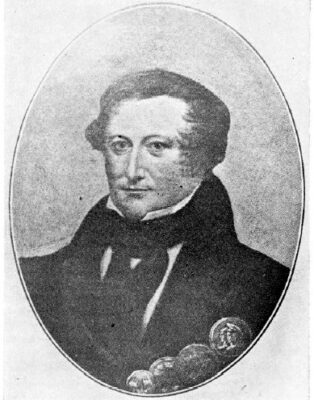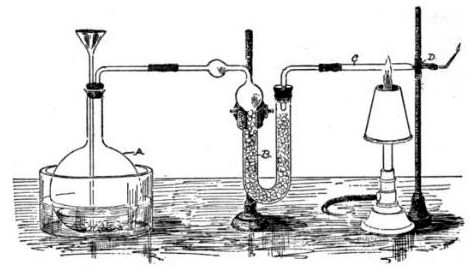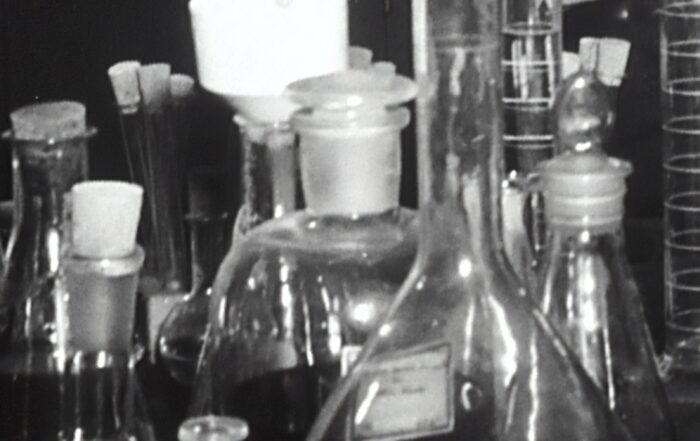The Marsh Test was developed by the English chemist James Marsh (1794-1846) in 1836. It was an innovative method used in the field of forensic toxicology to detect small quantities of arsenic. The Test was later employed by various experts in famous criminal cases of the time, including the case of Marie Lafarge, convicted for the murder of her husband, investigated by the Spanish toxicologist Mathieu Orfila, and the case of John Parsons Cook, poisoned by William Palmer, investigated by the English toxicologist Alfred Swaine Taylor.
Arsenic (As), found in pesticides and rat poisons, became a common method of poisoning at the time. Being readily available, odorless, and tasteless, it could be added to food and drinks and was untraceable before the advent of the Marsh Test.
It has effects on the gastrointestinal tract and the cardiovascular system, and characteristic clinical signs include diarrhea, severe colic, weakness, and cardiovascular collapse. Often, deaths were attributed to other causes, such as cholera, due to the similar symptoms, and were not attributed to criminal action.
The Marsh Test used a simple apparatus. To the sample, typically taken from the victim's stomach, zinc and sulfuric acid were added. The sample was then heated, and if arsenic was present, hydrogen and arsine gas were emitted, leaving a characteristic dark deposit.
The method proved useful for the resolution of many cases, but its reliability and trustworthiness were often questioned, mainly due to cross-contamination resulting from the lack of efficient methods for sterilizing the equipment between uses.
Recommended Products (Amazon Affiliate links)
Articoli correlati








